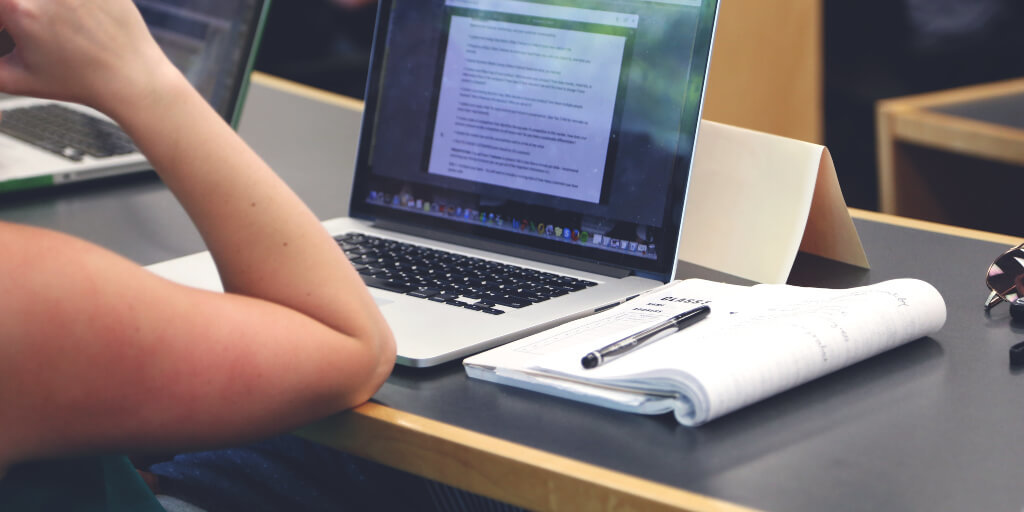Natural Remedies for Eliminating Bathroom Mold: A Comprehensive Guide
A bathroom should be a clean and hygienic space, but the presence of mold can turn it into an unpleasant and potentially harmful environment. Mold not only looks unsightly, but it can also have adverse effects on your health. Fortunately, you don't need harsh chemicals to tackle bathroom mold. In this comprehensive guide, we'll explore the nature of bathroom mold, its health risks, and, most importantly, how to get rid of it naturally using safe and eco-friendly methods. By the end, you'll have the knowledge and tools to keep your bathroom mold-free and healthy.
Understanding Bathroom Mold
Bathroom mold is a type of fungus that thrives in damp and humid environments. It can appear as black spots, greenish growths, or even white, fluffy patches. Mold reproduces by releasing spores into the air, which can spread throughout your bathroom and even into other parts of your home.
Health Risks Associated with Mold
Mold in your bathroom poses several health risks, especially if you have allergies or respiratory conditions. Exposure to mold can lead to:
Allergic Reactions: Mold spores can trigger allergic reactions such as sneezing, coughing, itching, and watery eyes.
Respiratory Issues: Inhaling mold spores can worsen asthma symptoms and lead to respiratory problems.
Irritation: Mold exposure can cause skin, eye, and throat irritation.
Infections: In some cases, mold can lead to fungal infections, particularly in individuals with compromised immune systems.
Long-Term Health Effects: Prolonged exposure to mold may contribute to more severe health problems, but these cases are rare.
Prevention: How to Stop Mold Before It Starts
Preventing mold growth is essential for maintaining a healthy bathroom. Here are some preventive measures to keep your bathroom mold-free:
Ventilation: Ensure proper ventilation in your bathroom by using exhaust fans or opening windows during and after showering or bathing. This helps reduce moisture buildup.
Reduce Humidity: Invest in a dehumidifier to maintain optimal humidity levels in your bathroom (ideally below 50%).
Fix Leaks: Promptly repair any plumbing leaks or water damage to prevent moisture accumulation.
Seal Grout and Caulk: Seal grout lines and caulk seams regularly to prevent water from seeping into crevices where mold can thrive.
Use Mold-Resistant Materials: Consider using mold-resistant drywall, paint, and flooring materials when renovating or remodeling your bathroom.
Regular Cleaning: Keep your bathroom clean and dry by wiping down surfaces after use and cleaning regularly.
Natural Mold Removal Methods
When mold does appear in your bathroom, it's crucial to address it promptly. Fortunately, there are several natural remedies that can effectively remove mold without resorting to harsh chemicals. Let's explore some of these natural mold removal methods:
Vinegar
Vinegar is a versatile and effective natural mold remover. Its acidity helps break down and remove mold while inhibiting its return. Here's how to use vinegar to remove mold:
- Mix equal parts white vinegar and water in a spray bottle.
- Spray the solution directly onto the moldy areas.
- Allow it to sit for about an hour.
- Scrub the area with a brush or sponge.
- Rinse with water and wipe dry.
Baking Soda
Baking soda is known for its abrasive and deodorizing properties, making it an excellent choice for removing mold and mildew stains. Here's how to use baking soda to combat mold:
- Add water to baking soda to create a paste.
- Apply the paste to the moldy areas.
- Allow it to sit for about 10-15 minutes.
- Scrub the area with a brush or sponge.
- Rinse with water and wipe dry.
Hydrogen Peroxide
Hydrogen peroxide is another effective mold remover that also disinfects and brightens surfaces. Here's how to use hydrogen peroxide to eliminate mold:
- Use a 3% hydrogen peroxide solution, available at most drugstores.
- Spray the solution directly onto the moldy areas.
- Allow it to sit for 10-15 minutes.
- Scrub the area gently with a brush or sponge.
- Rinse with water and wipe dry.
Tea Tree Oil
Tea tree oil is a natural antifungal and antibacterial agent that can effectively remove mold. It also leaves a pleasant scent behind. Here's how to use tea tree oil to combat mold:
- Mix 1 teaspoon of tea tree oil with 1 cup of water in a spray bottle.
- Shake well to combine.
- Spray the solution directly onto the moldy areas.
- Allow it to sit without rinsing.
Grapefruit Seed Extract
Grapefruit seed extract is a natural disinfectant that can help eliminate mold and prevent its return. Here's how to use grapefruit seed extract for mold removal:
- Mix 20 drops of grapefruit seed extract with 2 cups of water in a spray bottle.
- Shake well to combine.
- Spray the solution directly onto the moldy areas.
- Allow it to sit without rinsing.
Borax
Borax is a natural mineral that effectively removes mold and inhibits its growth. Here's how to use borax for mold removal:
- Mix 1 cup of borax with 1 gallon of hot water.
- Stir until the borax dissolves completely.
- Use a sponge or scrub brush to apply the solution to the moldy areas.
- Scrub well and rinse with water.
Step-by-Step Guide to Removing Mold Naturally
Follow these steps to safely and effectively remove mold from your bathroom using natural remedies:
Safety First: Before you begin, put on protective gear, including gloves, goggles, and a mask, to avoid inhaling mold spores or getting mold on your skin.
Ventilate the Area: Open windows and doors to ensure proper ventilation while working in the bathroom.
Remove Moisture: Address the source of moisture in the bathroom. Fix any leaks or water damage and ensure the room is dry before proceeding.
Prepare Your Chosen Remedy: Select one of the natural mold removal methods mentioned earlier (e.g., vinegar, baking soda, hydrogen peroxide, etc.) and prepare the solution as instructed.
Apply the Solution: Spray or apply the chosen remedy directly to the moldy areas in the bathroom. Ensure complete coverage.
Allow to Sit: Let the solution sit for the recommended duration to break down the mold.
Scrub: Use a brush or sponge to scrub the mold away. For stubborn areas, you may need to apply more solution and scrub vigorously.
Rinse and Dry: Rinse the treated areas with clean water and wipe them dry with a clean cloth or towel.
Prevent Future Growth: Implement preventive measures, such as improved ventilation and moisture control, to deter mold from returning.
Tips for Maintaining a Mold-Free Bathroom
After successfully removing mold from your bathroom, it's essential to take preventive measures to keep it mold-free. Here are some tips for maintaining a mold-free bathroom:
Regular Cleaning: Develop a regular cleaning routine for your bathroom, including wiping down surfaces, cleaning tiles and grout, and keeping the bathroom dry.
Use Exhaust Fans: Ensure your bathroom has an exhaust fan and use it during and after showers or baths to reduce humidity.
Open Windows: If possible, open windows to allow fresh air to circulate and reduce moisture levels.
Repair Leaks: Promptly address any plumbing leaks or water damage to prevent moisture buildup.
Use Mold-Resistant Materials: Consider using mold-resistant drywall, paint, and flooring materials in your bathroom.
Seal Grout and Caulk: Seal grout lines and caulk seams regularly to prevent water from seeping into crevices.

.jpg)



.jpg)

.jpg)
 English (US) ·
English (US) ·